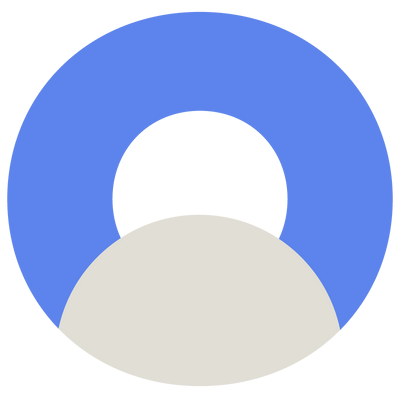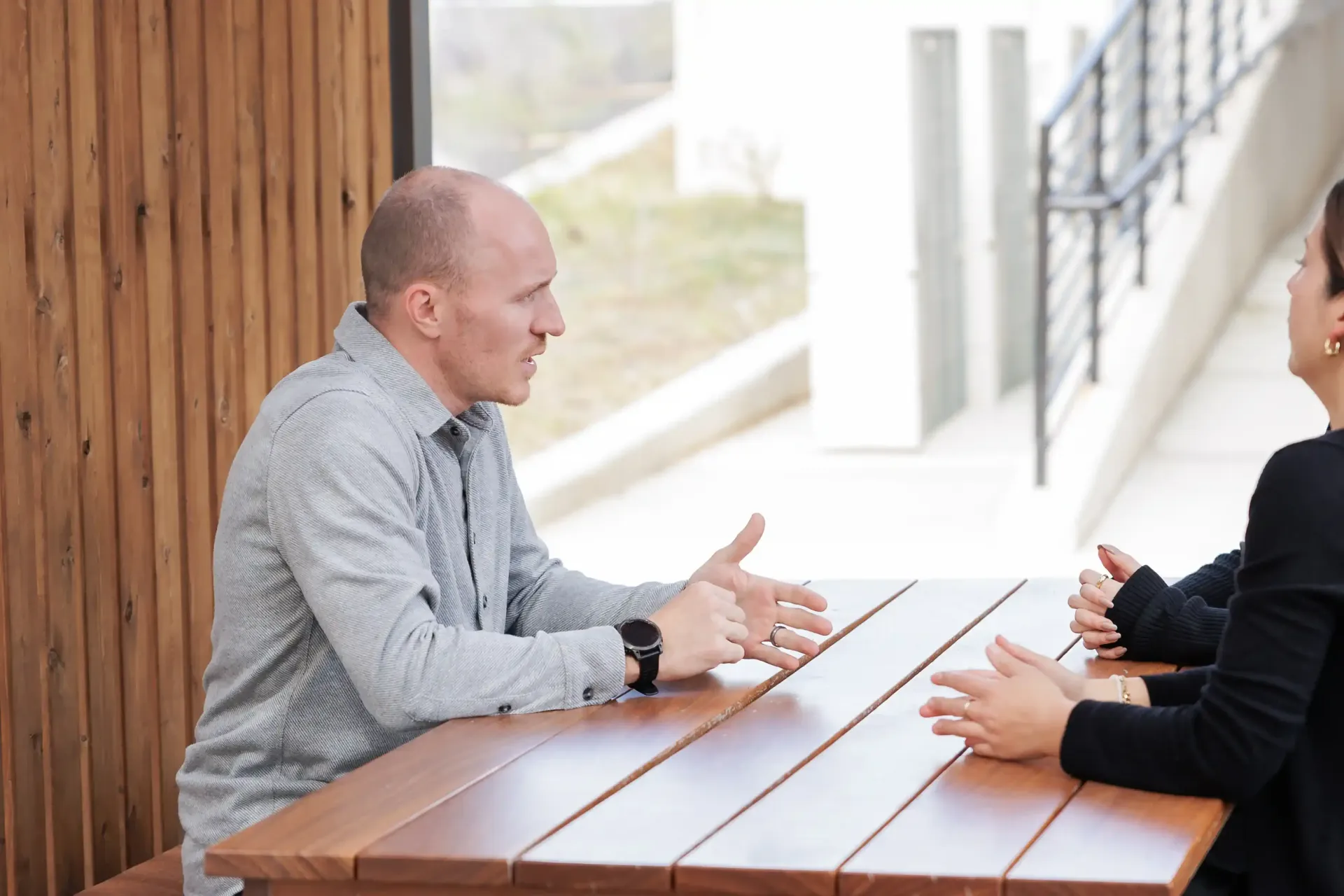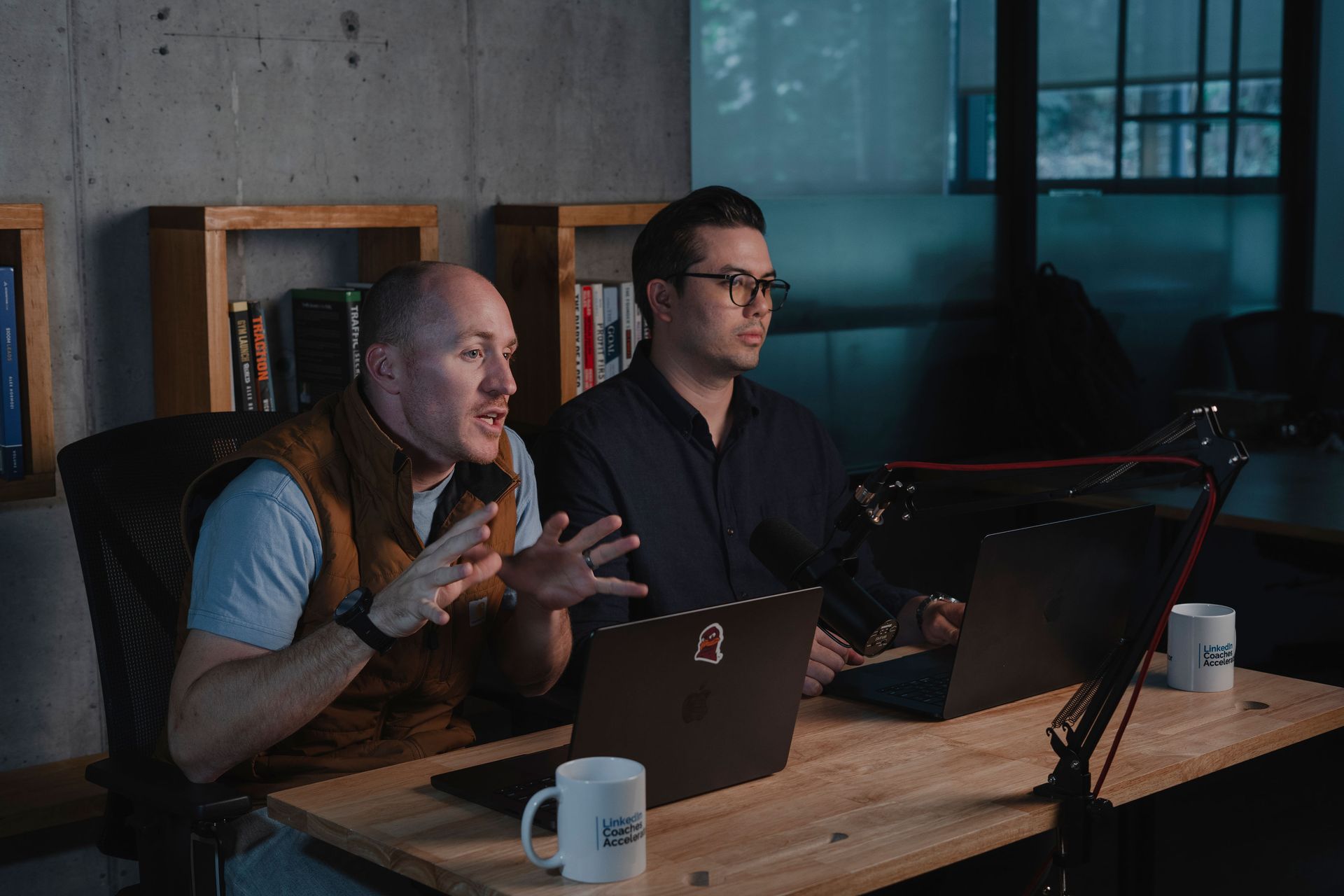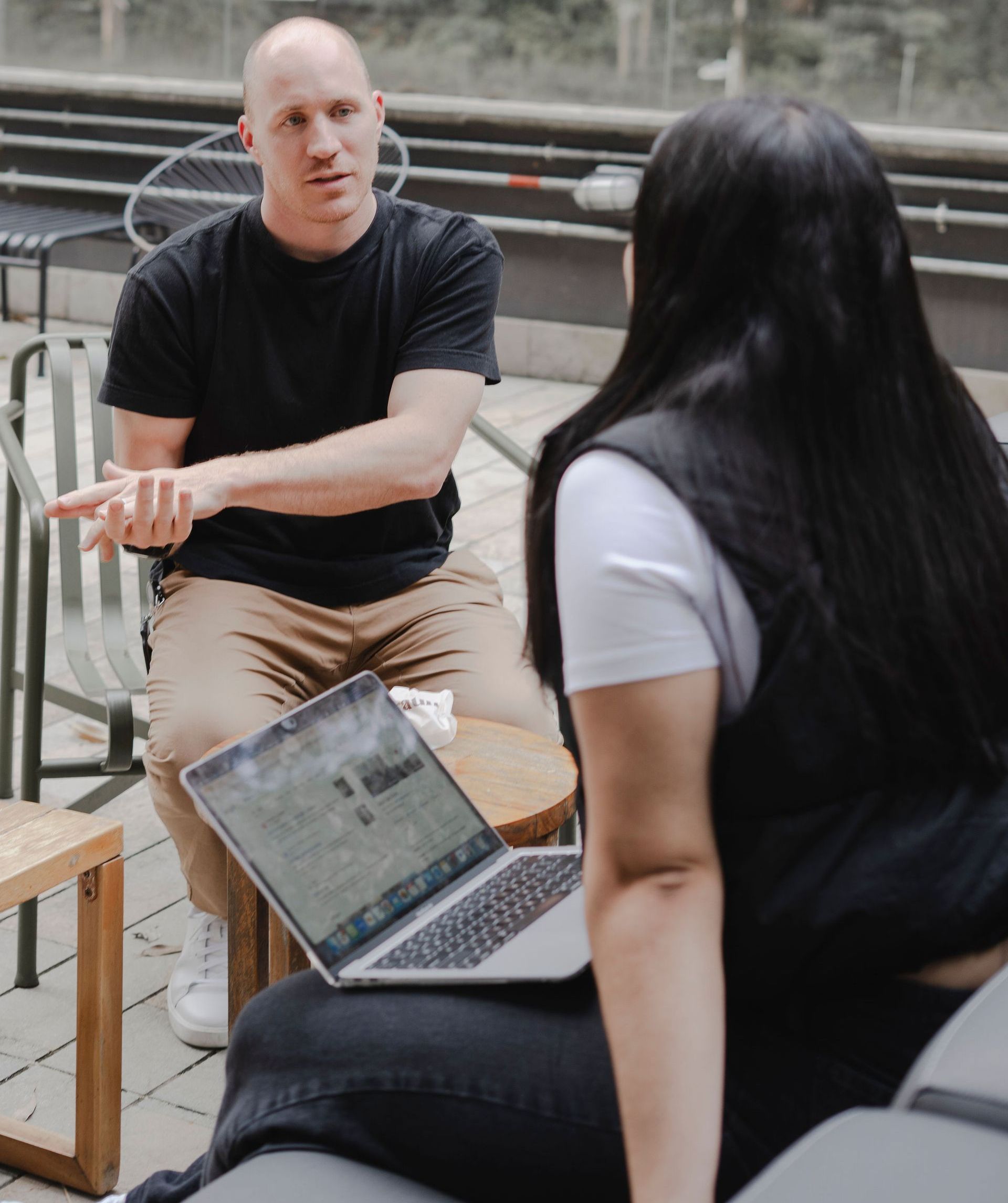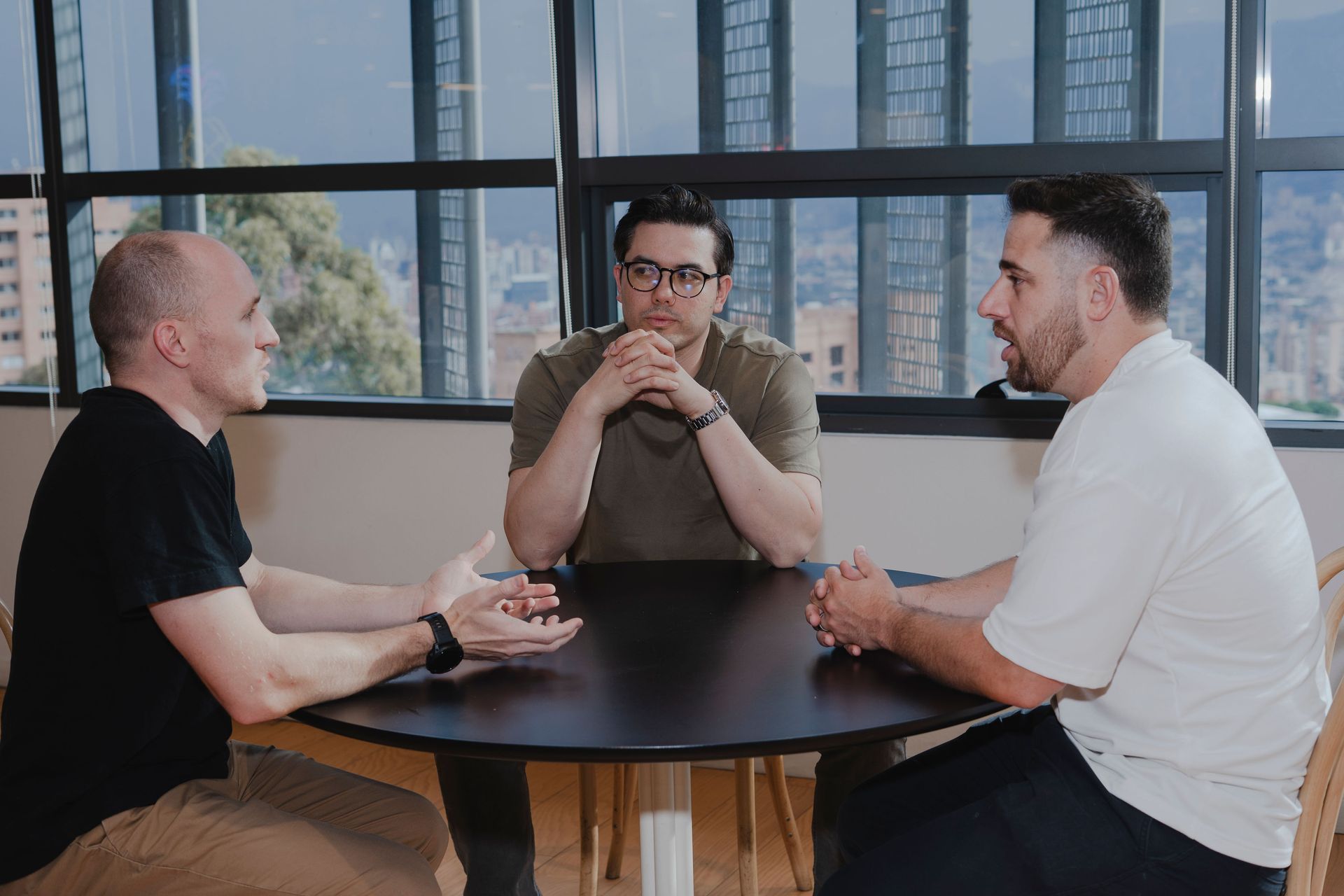Why Am I Not Getting Interviews Despite Doing Everything Right?
TL;DR: How to Get More Interviews Fast
- Boost Visibility – Optimize your LinkedIn profile, comment on 10–15 targeted posts daily, and share original content 2–3 times a week.
- Apply Smart – Read the job description carefully, tailor your resume, and mirror the company’s language.
- Prep With Purpose – Research deeply, prepare bullet-point stories (STAR method), and ask thoughtful interview questions.
Focus on being found, not just applying. Visibility → Interviews → Offers.
The Job Hunting Dilemma: You're Doing Everything Right, So Why No Interviews?
If you’ve ever asked yourself, “Why am I not getting interviews despite doing everything right?”, you’re not alone.
You’re applying to roles, checking job boards, tweaking your resume, firing off networking messages, and stalking LinkedIn like it’s your side hustle, and still, radio silence. No job interview invites. No responses. Just frustration.
Let’s talk about why that happens, and more importantly, what to do instead.
The Visibility Problem in the Job Search
Today’s job search landscape has changed, dramatically.
You’re not just competing against other talented professionals. You’re competing against automation, algorithms, and an overwhelming volume of content.
Here’s what’s working against you:
- AI tools are auto-submitting thousands of cold applications daily
Recruiters are drowning in resumes that all look and sound the same. Even qualified candidates get lost in the noise. - Referrals are oversaturated
Everyone is asking for referrals, and internal inboxes are flooded. Hiring managers are forced to be selective, even when the introductions are warm. - Resumes aren’t surfacing the way they used to
Even well-written, tailored resumes get buried if they don’t match the exact ATS keywords or don’t come through a trusted channel.

What most people don’t realize is this:
Job hunting is now a visibility game.
If you're not being
discovered for the right roles, keywords, and job titles, you're not even in the running. The best candidates often lose out simply because they aren’t seen.
Why You're Not Getting Interviews (Even When You're Doing Everything Right)
Let’s break down what most job seekers are doing, and why it isn’t working in today’s market.
What You're Probably Doing
Most candidates in the job market are following the same routine:
- Applying to dozens (sometimes hundreds) of jobs on LinkedIn
You search by title, hit “Easy Apply,” and hope for the best. - Sending cold networking messages
You DM hiring managers or recruiters with some version of “Let me know if you’re hiring.” - Hoping for referrals or leads from past colleagues
You reach out to your network, post a quick status update, and wait.
On paper, this looks like effort, and it is. But effort doesn’t always equal traction.
Here’s the Problem
The current hiring landscape is more crowded and automated than ever:
- Cold applications have a success rate of less than 1%
Unless you’re a unicorn match, you're probably not even making it past the first resume scan. - Everyone’s using the same job search playbook
Recruiters are inundated with resumes that look and sound the same. It’s become harder to stand out. - AI tools are flooding job boards
Platforms like LinkedIn are seeing a surge of AI-powered auto-applications. This means: - More applicants per role.
- Less time for recruiters to review each one.
- Higher bar for human connection.
Even referrals aren’t the silver bullet they used to be. Hiring teams are receiving so many “warm intros” that they’re no longer unique, or prioritized.
What to Do Instead: Build a Visibility System
If applications are being ignored, the better question isn’t “How can I apply more?”, it’s “How can I be discovered?”
Here’s what works in today’s market:
Become Discoverable for the Roles You Want
- Build a strong personal brand to stand out in a competitive job market.
- Optimize your LinkedIn profile around the job titles and skills you're targeting.
- Make sure your LinkedIn headline and about section contain relevant keywords.
- List accomplishments that reflect your measured impact, not just responsibilities.
Engage Daily on LinkedIn (yes, daily)
A simple, effective visibility system looks like this:
- Identify 10–15 target accounts (companies or industry leaders).
- Leave thoughtful, relevant comments on their content each day.
- Add your perspective, don’t just say “Great post.”
Post on LinkedIn a Few Times Each Week
Sharing your own content on LinkedIn is one of the most effective ways to de-risk yourself as a candidate and connect with the people you want to work with.
When you post consistently, you:
- Share your experience and expertise – Offer insights and lessons learned that others in your field can benefit from.
- Showcase your communication style – Let potential employers see how you think, explain ideas, and engage with others.
- Demonstrate that you’re easy to work with – Through your tone, perspective, and professionalism, help your audience picture themselves collaborating with you.
Posting just a few times a week builds familiarity, trust, and credibility before you even speak to a recruiter.
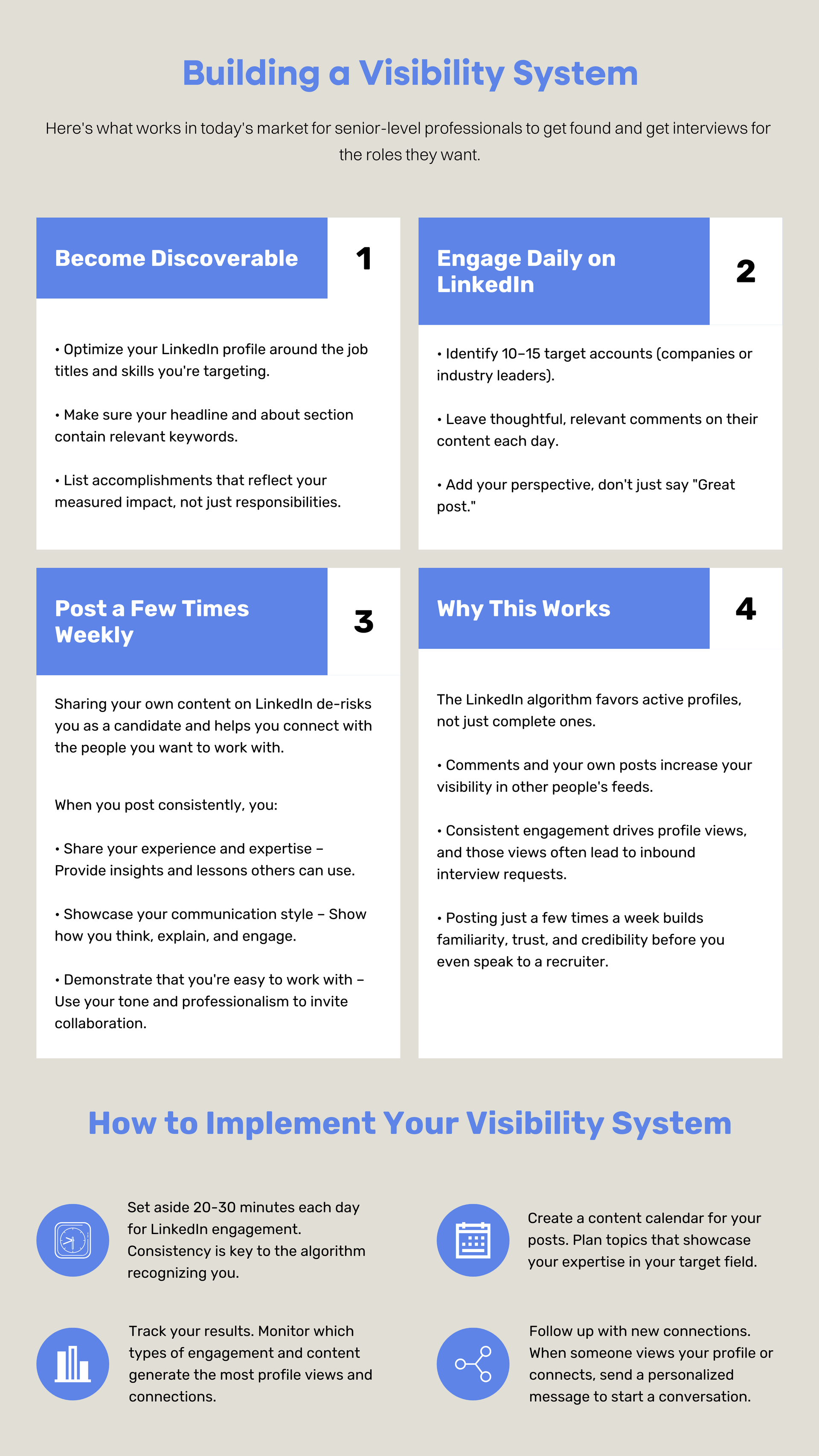
Why this works
- The LinkedIn algorithm favors active profiles, not just complete ones.
- Comments and your own posts increase your visibility in other people’s feeds.
- Consistent engagement drives profile views, and those views often lead to inbound interview requests.
I’ve worked with dozens of clients who were stuck in the “apply-and-wait” cycle. What finally moved the needle was this simple visibility strategy.
A number of my clients who had not landed interviews in over three months before working with me began a 10–15 comment/day strategy on LinkedIn. Over the course of a couple of months, each of them had multiple phone interviews from inbound requests.
See what some of my clients have to say about my visibility system below:
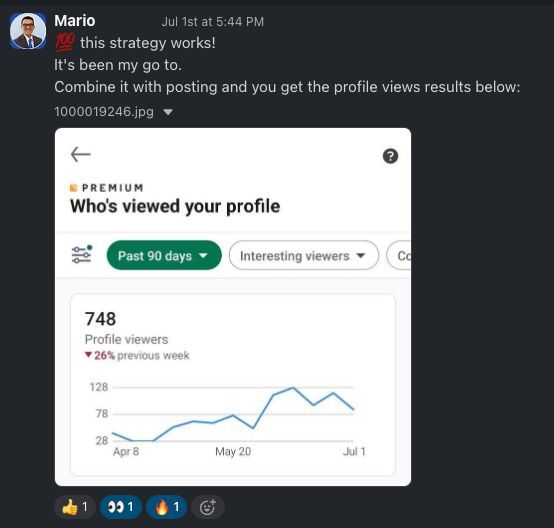
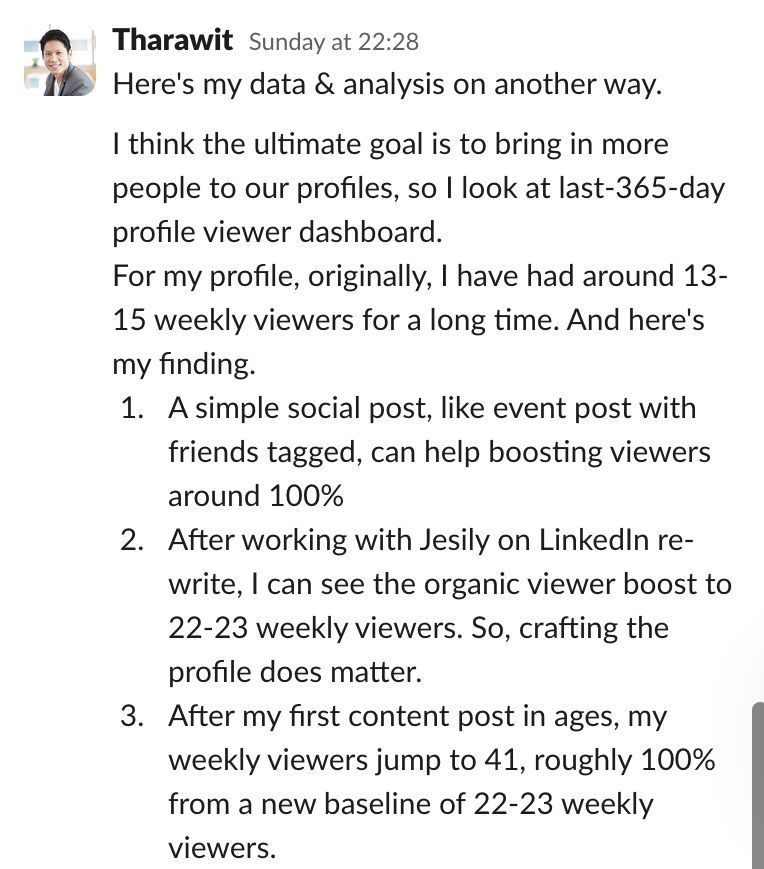
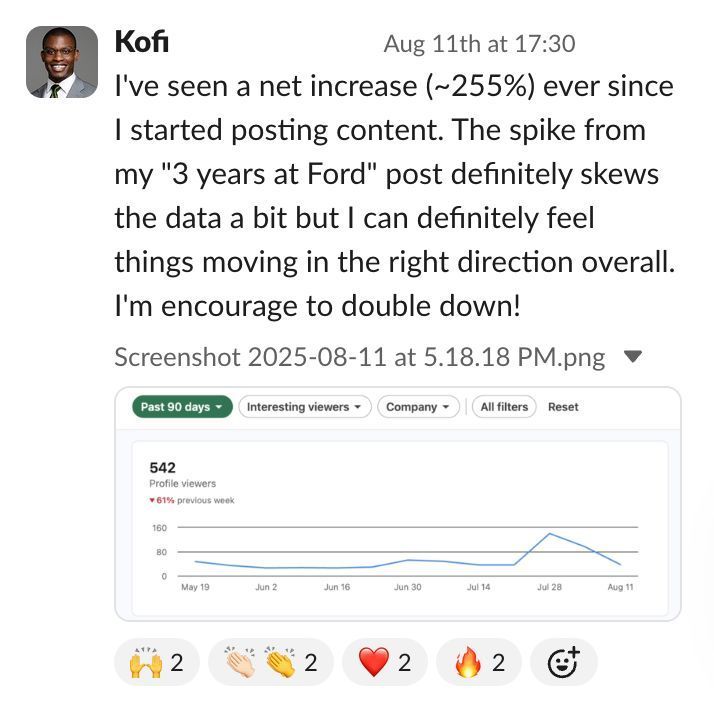
Review the Job Description Carefully: Are You Actually Aligned?
This should go without saying, but it doesn’t.
Too many candidates treat job descriptions like checklists: skim, click apply, move on. But if you’re not pausing to actually study the posting, you’re likely applying to roles you’re not aligned with.
Here’s where most people go wrong:
- They overlook key requirements – Missing a core technical skill or certification? You’re likely filtered out before a human sees your resume.
- They misunderstand scope – A “Manager” title at one company might mean something completely different elsewhere. Same goes for terms like “lead,” “strategist,” or “principal.”
- They fail to connect the dots – You may have transferable experience, but if it’s not clearly mapped to what they’re asking for, the hiring team won’t do the work for you.
Here’s how to read a job description effectively:
Highlight the must-haves
- Look for phrases like “required,” “must,” or “minimum qualifications.”
- If you don’t meet at least 80% of these, it might not be worth your time (unless you have a strong internal referral).
Spot the company’s priorities
- What’s mentioned more than once?
- What tools, processes, or KPIs do they seem to care about?
- Which skills appear in both the requirements and responsibilities sections?
Mirror their language
- Swap out your generic terms for the company’s preferred phrasing.
- This helps with both ATS scanning and human connection.
Before You Hit Submit
Do your homework. Go beyond the job post:
- Visit the company website and read how they describe their mission, team, and values.
- Explore the careers page to understand how they talk about growth, culture, and employee impact.
- Note recurring themes or language you can incorporate into your application.
This context will:
- Help tailor your resume and cover letter more effectively.
- Give you stronger talking points for the job interview you get.
- Enable you to ask more insightful questions when it’s your turn to speak.
The best job candidates don’t just match qualifications; they match
intent.
The Confidence-Visibility Loop
Let’s be honest, when your inbox is full of rejections (or worse, silence), it’s easy to question everything.
But here’s the truth:
Confidence doesn’t come from luck. It comes from momentum.
And momentum comes from small wins:
visibility,
engagement,
preparation, and
traction.
Confidence is Built, Not Faked
When you’re overlooked repeatedly, your inner narrative starts to shift:
- “Maybe I’m not good enough.”
- “What’s the point of trying?”
- “Everyone else is getting interviews but me.”
To reverse this spiral, you need to create moments of forward motion, however small.
Take deep breaths before you respond
→ Helps regulate your nervous system in real time, especially before responding to messages from key contacts, and during
interview time.
Use positive self-talk
→ Replace “I hope I’m qualified” with “I have valuable experience that fits this role.”
Remind yourself: You’re a
candidate, not a
beggar
→ You’re offering a solution to a problem; they need
you just as much as you want the
new role.

Visibility Fuels Confidence
Here’s what I’ve seen with clients:
- When profile views go up, confidence rises with them.
- When a comment gets traction or a recruiter reaches out, the mindset shifts from doubt to possibility.
- When you start getting responses, even if they're not offers, you begin to show up differently.
That confidence shows in your interactions on LinkedIn and the
job interviews you'll no doubt receive.
The Loop Works Like This:
- You get visible →
- You gain traction →
- You feel confident & capable →
- You get interview opportunities →
- You interview better →
- You get even more opportunities →
- Confidence grows →
- Repeat
Confidence isn’t a feeling you wait for, it’s a habit you build.
The best
job candidates don’t wait to feel ready. They take small, consistent action, and let the results fuel their belief.
Job Interviews Will Be Inevitable
When you consistently do everything I recommend above, you WILL get contacted for phone screen interviews. To make it into the interview process with the decision-makers AND do well, implement everything I recommend below. Check out my blog on the difference between good and great interview answers to have the best interviews you've ever experienced.
Research Isn’t Optional. It’s Strategy
Going into a job interview without sufficiently researching the company is like showing up to a meeting with a half-baked agenda. You may wing it, but it’s rarely impressive.
Here’s the truth:
Interviewers can tell who’s done their homework, and who hasn’t.
If you want to stand out, treat research like a non-negotiable part of your prep, not just for their sake, but for yours.
What to Research (and Why It Matters)
Company Mission & Values
- Found on the company website and careers page.
- Shows you’re invested in the long term, not just a paycheck.
- Helps you align your own questions and answers with what the company actually prioritizes.
Recent News, Projects, or Case Studies
- Signals that you're paying attention and understand their space.
- Gives you real examples to reference in your interview questions.
- Can reveal pain points, challenges, or future goals; critical for showing how your skill set fits in.
Leadership Team or Department Heads
- Look up the hiring manager or team leaders on LinkedIn.
- Review their backgrounds, posts, comments, and common themes.
- This gives you insight into how the team operates and what they care about.
Employee Insights
- Try to connect with current or former employees for informal chats.
- Use LinkedIn, networking events, alumni networks, or mutual contacts.
- Ask about their day-to-day workflow, team dynamics, and leadership style.
What You’re Really Trying to Learn
- What problems are they trying to solve right now?
- Where is the team headed, and how could you contribute?
- What are the
unspoken expectations for someone in this new position?
The more you understand their world, the easier it is to:
- Tailor your answers to match their language and needs.
- Position yourself as someone who adds value, not just fills a gap.
- Ask interview questions to the team that actually move the needle.
In short: Surface-level research gets surface-level results. Dig deeper. Show them you get it.
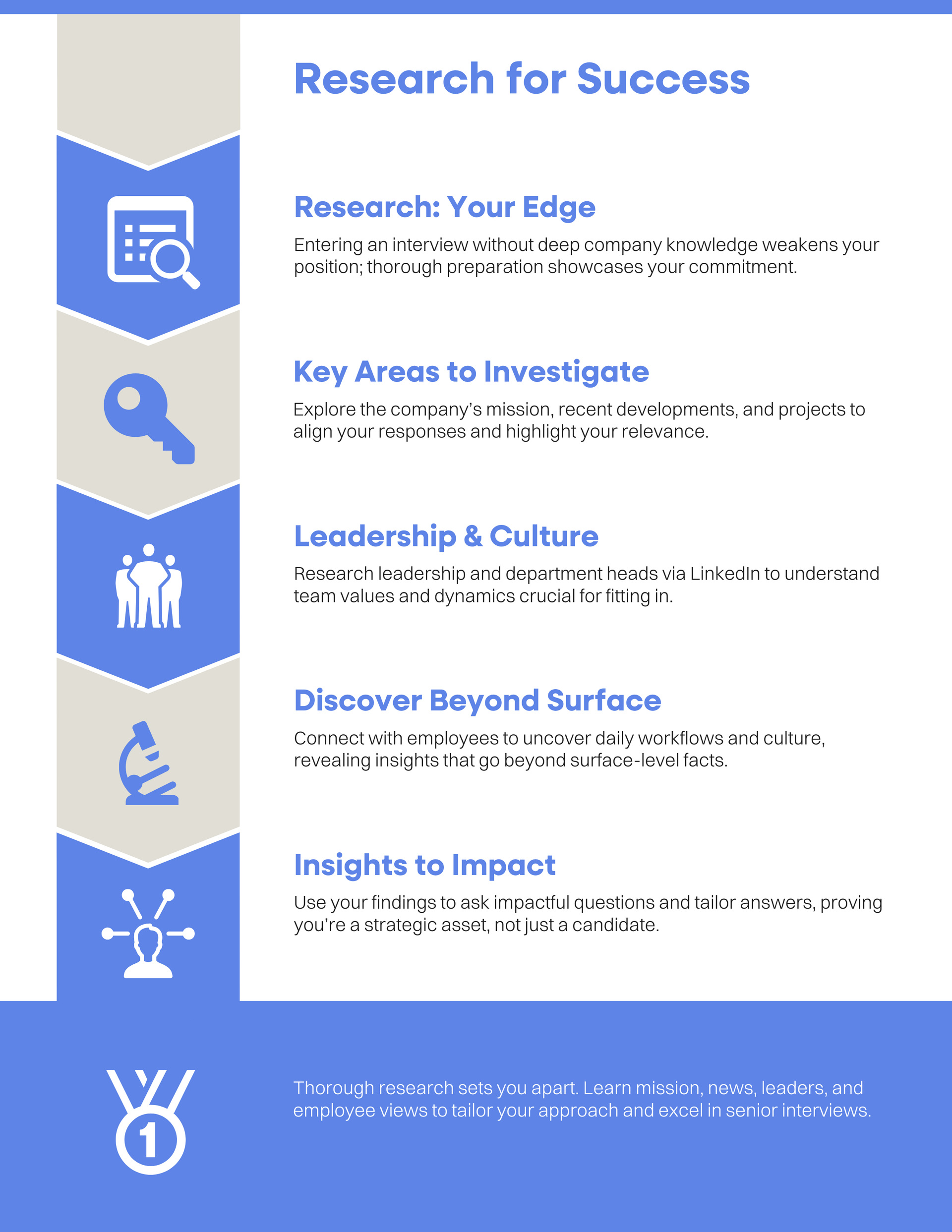
Interview Preparation: More Than Memorizing Answers
Let’s clear something up:
Good interview prep isn’t about perfection, it’s about clarity, authenticity, and control.
Memorizing 30 answers word-for-word won’t help if you forget one mid-sentence or get a tough interview question you didn’t expect. That approach often leads to robotic responses and missed opportunities to connect.
What Real Interview Prep Looks Like
Practice active listening
- Most interviewers aren’t just checking boxes, they want to see how you process and respond.
- Listen for what they’re asking and why.
- Ask clarifying questions if needed: “That’s a great question, can you provide a little more context about XYZ?”
Prepare bullet points, not scripts
- Jot down 2–3 key talking points for each role you’ve held (projects, results, skills).
- Include outcomes in each talking point and metrics as often as possible.
- Use these as anchors to guide your answers, while staying flexible.
Build out a few strong stories
- Think through 5-6 real examples from your career that show:
- How you handled stressful situations.
- How you contributed to a team or project.
- How you responded to unexpected change or conflict.
- Use the STAR format (Situation, Task, Action, Result) to keep it structured.
Expect tough questions, and welcome them
- Every job interview includes at least one question meant to challenge you.
- Examples include:
- “Tell me about a time you failed.”
- “What’s your biggest weakness?”
- “Why did you leave your last job?”
I’ve coached clients through difficult interview questions where the most impactful answers weren’t the most polished, they were the most
honest and self-aware. Real people > perfect people.
Use Sample Interview Questions to Guide Your Practice
Don’t wing it. Leverage resources and sample questions to prepare thoughtfully:
- Walk through common interview questions like:
- “Tell me about yourself.”
- “Why are you interested in this new role?”
- “What makes you a good fit for this company?”
- Anticipate role-specific or behavioral prompts tied to the job description and practice answering these as well.
- Leverage tools like Google Interview Warmup to practice responding to interview questions and receive feedback. This is a great tool that should be used in addition to mock interviews.
When you walk into the room prepared but not rehearsed, you come across as thoughtful, present, and real. And that’s what most interviewers are looking for.

Prepare Your Own Questions: Show Them You’ve Done the Work
A strong interview isn’t just about answering questions well, it’s about asking the right questions, too.
Why? Because when you ask thoughtful, strategic questions, you signal that:
- You’ve done your homework.
- You understand the role and the company.
- You’re thinking like a future team member, not just a hopeful applicant.
Here’s What to Ask (and Why It Matters)
How does this new position align with the company’s larger goals?
- Shows you're interested in the big picture, not just the job title.
- Helps you understand how your role contributes to broader success.
What challenges is the team currently navigating?
- Gives you insight into real pain points or growth areas.
- Opens the door to position your skill set as part of the solution.
What does success look like in the first 90 days?
- Clarifies expectations upfront.
- Shows you’re focused on results, not just ramping up.
What qualities make someone successful on this team?
- Helps you understand cultural fit and team dynamics.
- Gives you language to use in your follow-up communications.
How is feedback delivered here, and how often?
- Demonstrates self-awareness and desire to grow.
- Offers insight into the company’s leadership and support structure.
Why Smart Questions Matter
When you don’t ask questions:
- It can come across as unprepared, or worse, uninterested.
- You miss the chance to evaluate if the job and team are right for you.
When you ask the right questions:
- You build credibility.
- You deepen rapport with the interviewer.
- You leave a lasting impression as someone who thinks strategically.
Pro Tip: Take notes. Interviewers notice when you write things down; it shows active engagement and respect for their time.
Asking smart questions isn’t extra credit, it’s part of the grade.
Frequently Asked Questions (FAQ)
1. Why am I not getting interviews if I’m qualified?
- Visibility matters as much as qualifications.
- Recruiters are flooded with cold, AI-driven applications.
- If you’re not active on LinkedIn and optimized for keywords, you’re likely invisible.
2. How many applications should I send each week?
- Quality > quantity.
- Target a few well-matched roles.
- Tailor your resume to the job description.
- Build daily visibility by contributing your insights on LinkedIn alongside applying.
3. Are referrals still worth it?
- Yes, but they’re less powerful than before.
- Pair with a strong online presence for best results.
4. How do I make my LinkedIn profile more discoverable?
- Add job-specific keywords in your headline & About section.
- Showcase measurable accomplishments.
- Comment on 10–15 targeted posts daily.
- Share your own posts with relevant industry insights and your learnings from your own experience.
5. How do I prepare for tough interview questions?
- Expect at least one challenging question.
- Use the STAR method (Situation, Task, Action, Result).
- Focus on self-awareness and clear communication, not perfection.
- Practice with sample interview questions in mock interviews and interview prep tools.
6. What’s the most important pre-interview step?
Research deeply:
- Company website & careers page.
- Leadership & team structure.
- Recent news or projects.
7. What questions should I ask the interviewer?
- Big-picture: “How does this new position fit into company goals?”
- Challenges: “What’s the team’s biggest obstacle right now?”
- Success: “What does success look like in 90 days?”
- Culture: “What qualities make someone thrive here?”
8. How long until a visibility strategy works?
- I often see it take 2–4 weeks for profile views and recruiter outreach rise on LinkedIn.
- The key is providing value through your consistent, daily engagement.
Key Takeaway: You Don’t Need More Effort. You Need a System.
Visibility gets you interviews. Preparation gets you offers.
You don’t need to be everywhere. You just need to be strategic.
We help senior level professionals install simple, repeatable systems that increase visibility and optimize for discovery. It’s not about working harder, it’s about being found.
Let’s build the roadmap together.
Apply to work with me.
